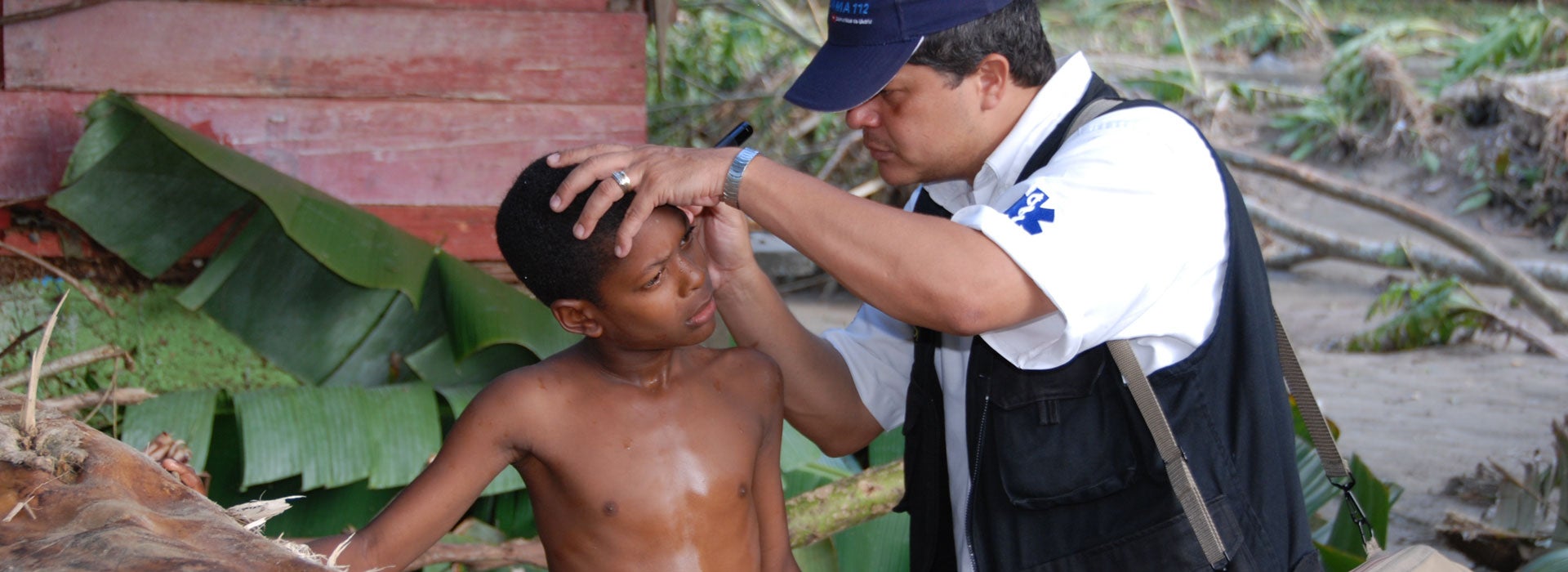Between 1970 and 2018, the Region of the Americas experienced over 4,500 disasters that killed 569,184 people and injured more than 3 million people. Additionally, emergencies and disasters of any kind can cause multimillion-dollar economic losses and can significantly undermine the performance of health systems. Today, more than ever, it is necessary for countries to improve their preparedness and response to health emergencies and disasters—a need expressed by the Member States of the Pan American Health Organization. The main aim of the Health Sector Multi-Hazard Response Framework (MRF) is to improve the capacity of countries to manage their response to emergencies and disasters in a more efficient and timely manner. The MRF facilitates an operational model that makes it possible to identify response activities, taking into account all existing hazards and to carry out those activities within a national framework based on the organization of the health sector. The MRF is designed mainly for health sector authorities and managers responsible for emergency and disaster risk management, guiding them in the process of updating or developing response planning. This ranges from describing the operational model to implementing emergency functions involving various actors, identifying preparedness tools in the health sector, and developing standardized operating procedures, organizational analysis, and specific contingency plans. Implementation of this framework will provide countries with adequate response planning based on a multi-hazard approach. This will lead to better use of available resources and greater flexibility to deal with any type of event.
You can download the publication on Health Sector Multi-Hazard Response Framework here.

